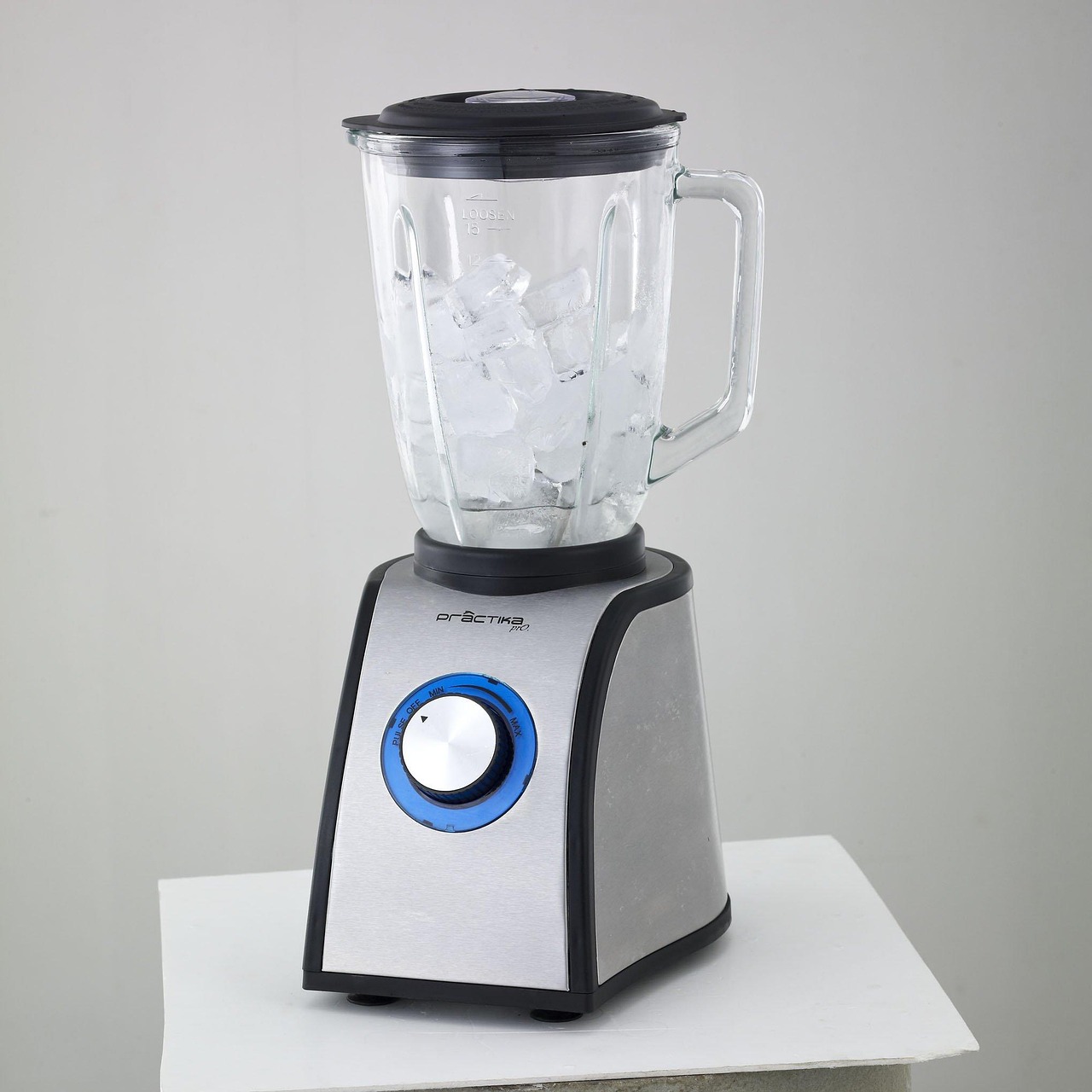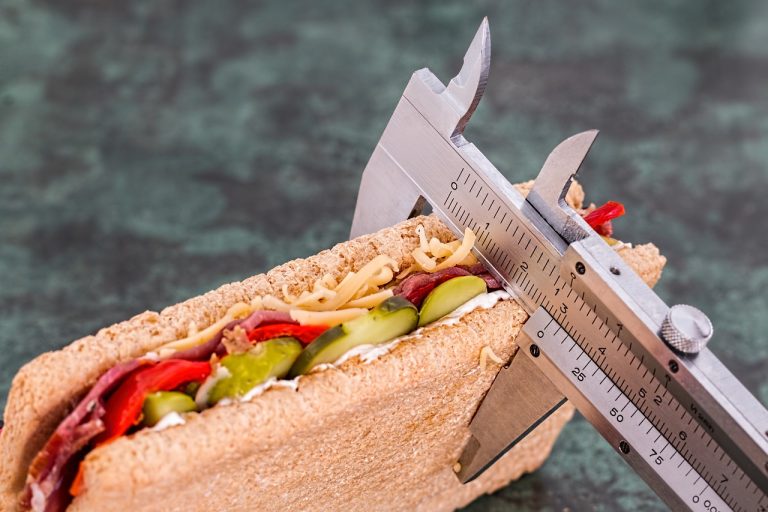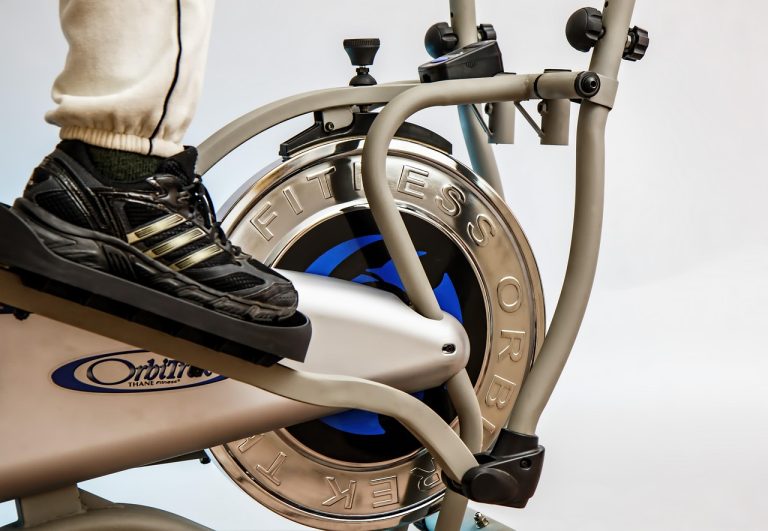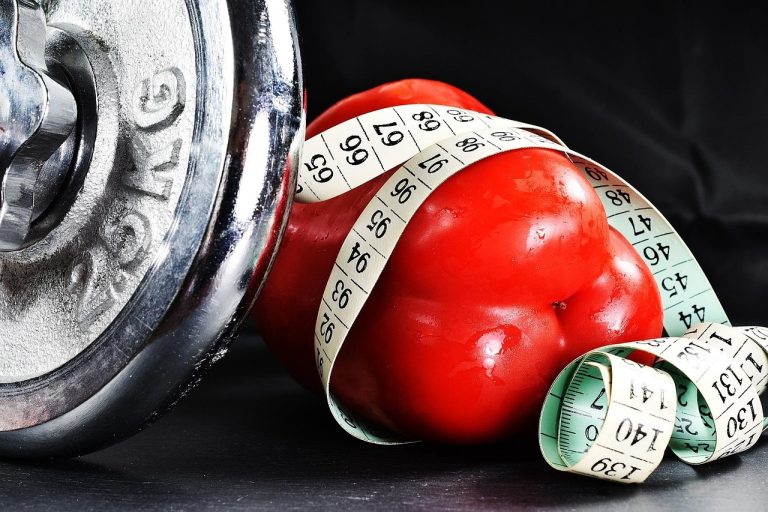Intermittent Fasting Mistakes to Avoid (Especially for Women 40+)
Intermittent fasting is one of the most powerful tools women over 40 can use to lose weight, balance hormones, and feel better—when it’s done right.
But here’s the honest truth:
Many women jump into fasting full of motivation… only to stall, struggle, or feel completely burned out a few weeks in.
And 9 times out of 10, it’s not because fasting doesn’t work.
It’s because of a few common mistakes that sabotage results—especially for women navigating hormonal changes in their 40s and 50s.
If you’re fasting and not seeing the benefits (or you’re about to start), this guide will show you what to avoid, what to do instead, and how to follow a plan that’s designed to support your body—not stress it out.
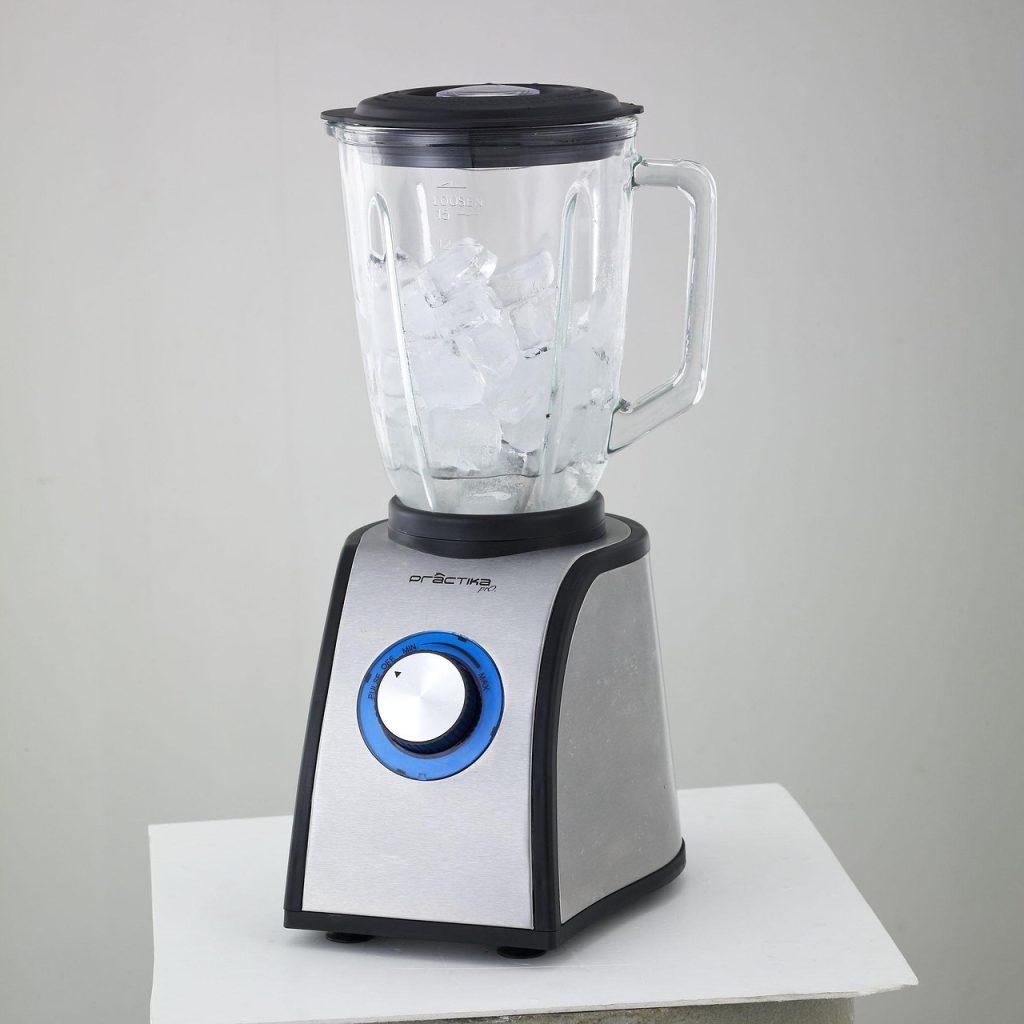
⚠️ Mistake #1: Under-Eating During Eating Windows
This one happens all the time—especially for women who are used to dieting.
You fast for 16 or 24 hours… then eat a tiny salad and a protein bar because you think less is better.
Here’s why that backfires:
- Your metabolism slows to conserve energy
- Cortisol increases from stress and starvation
- You lose lean muscle mass (which you need to keep your metabolism high)
- Your hunger and cravings rebound hard the next day
💡 Fasting ≠ starving.
You still need to eat enough food when your window opens—especially protein, fiber, and healthy fats.
Do this instead:
Plan nourishing, satisfying meals for your eating windows. Focus on quality, not restriction. You’re fueling your recovery and hormone balance.
⚠️ Mistake #2: Bingeing When the Fast Ends
On the flip side, some women fast all day—then overeat junk food once their window opens because they’re ravenous.
Bingeing on fast food, sugar, or processed snacks right after a fast:
- Spikes blood sugar and insulin
- Leads to fat storage (especially around the belly)
- Cancels out many of the metabolic benefits of fasting
- Often leaves you feeling bloated, sluggish, or guilty
Do this instead:
Break your fast with real, whole foods:
- A palm-sized portion of protein (chicken, eggs, tofu, salmon)
- Vegetables or berries for fiber and nutrients
- Healthy fats (avocado, olive oil, nuts)
Then wait 30–60 minutes before a full meal. Your digestion—and blood sugar—will thank you.
⚠️ Mistake #3: Fasting Too Often or Too Aggressively
This is a big one for women over 40.
Your hormones are more sensitive now. Your body’s stress tolerance is lower.
Fasting every single day for long windows (like 20:4) can lead to:
- Increased cortisol
- Menstrual irregularities
- Poor sleep
- Hair thinning
- Fatigue and irritability
- Stalled fat loss due to hormonal backlash
❌ Fasting harder doesn’t mean faster results.
Do this instead:
Try a more balanced schedule—like Eat Stop Eat, which uses 1–2 24-hour fasts per week.
You still get the powerful fat-burning and hormone-resetting benefits—without daily stress.
⚠️ Mistake #4: Not Hydrating During the Fast
Hunger, headaches, brain fog, fatigue, and even sugar cravings during your fast?
Often, the real issue is dehydration.
When you fast, your body flushes out more water and electrolytes. If you don’t replace them, you’ll feel terrible—and probably give up on fasting altogether.
Do this instead:
- Drink lots of water
- Add a pinch of sea salt or use sugar-free electrolytes
- Sip on black coffee or herbal tea
- Avoid sugary drinks or anything with artificial sweeteners
Staying hydrated makes fasting easier, safer, and more effective.
⚠️ Mistake #5: Ignoring Your Sleep and Stress Levels
Fasting is a form of mild stress on your body.
When combined with:
- Poor sleep
- High work or family stress
- Over-exercising
- Caffeine overload
…it can tip your cortisol into overdrive, causing fat storage (especially belly fat) and sabotaging your progress.
Do this instead:
- Prioritize 7–8 hours of quality sleep
- Don’t fast when you’re sick, over-stressed, or extremely tired
- Take rest days
- Use yoga, walking, or meditation to lower stress
Fasting works with recovery—not against it.
⚠️ Mistake #6: Expecting Overnight Results
Many women give up on fasting after one week because they haven’t lost 10 pounds.
But here’s the thing:
Fasting is a healing process. It takes time to rebalance hormones, lower insulin, reduce inflammation, and restore metabolic flexibility.
Weight loss will come—but only if you allow your body to adapt.
Do this instead:
Track non-scale wins:
- Clearer skin
- Better sleep
- Reduced bloating
- Fewer cravings
- More consistent energy
These are signs your hormones are balancing—and that fat loss is on the way.
✅ Bonus Tips for Women 40+ to Fast Smarter
- Start with 12:12 or 14:10 if you’re new to fasting
- Add resistance training 2–3x a week to maintain muscle
- Don’t fast every day—especially if you’re feeling overwhelmed
- Use a consistent but flexible rhythm (like Eat Stop Eat)
- Don’t fear healthy carbs—your hormones need them sometimes
- Break your fast with protein + fiber, not sugar or empty carbs
💬 Real Women, Real Results
💜 “I was doing 16:8 every day and barely eating—no results. Switching to Eat Stop Eat 2x a week made a huge difference. I feel balanced again.” – Tracy, 45
💜 “I didn’t realize I was under-eating after fasting. Now I focus on nourishing meals and hydration, and the belly fat is finally going down.” – Maya, 52
💜 “Once I stopped fasting every day and prioritized sleep, everything clicked. I’m losing weight without the burnout.” – Jill, 48
🎯 Avoid Mistakes – Use This Proven Fasting Blueprint
Want to fast without the confusion, frustration, or hormonal backlash?
👉 Download the FREE 2-Day Intermittent Fasting Plan + Discover the Eat Stop Eat System
✅ Just 1–2 fasts per week
✅ Built for women 40+
✅ No daily restriction, no calorie counting
✅ Burn fat, reset hormones, and feel better—without burnout
➡️ Click here to get your free fasting blueprint now
This guide shows you exactly how to fast safely, effectively, and realistically—even with a busy schedule and changing hormones.
🔁 Final Thoughts
Intermittent fasting is one of the most powerful tools available to women over 40—but only if you do it in a way that supports your body.
Don’t fall into the trap of extreme routines or outdated myths.
Start slow. Stay flexible. Focus on nourishment, not restriction.
And trust the process—because your body is smarter than you think.
You’re not broken. You just need the right rhythm.
And now you have it.
